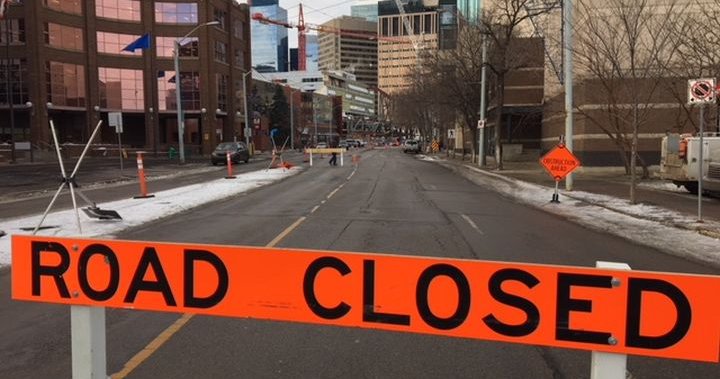102 Ave from 99 St to 103 St has been closed since 2017, or nearly 5 years - that's plenty of time for traffic adjustments. Why not just keep that way, at least on a trial basis? Why is this being regarded as a sudden occurrence?
There are a couple important caveats which I learned on my tour of the Valley Line a couple weeks ago, and posted somewhere on this forum (I think).
First, I asked the city planners/liaisons guiding our group, and they confirmed that accommodations were made throughout the project to allow for access to loading zones cor businesses, and parkade access during large events. So businesses actually haven't had to find alternatives for unloading supplies during these past few years (though perhaps they did for certain stretches; I did not follow up about that), and Canada Place's 102 Ave parkade was able to be relied on when needed.
Secondly, I can't recall if this was said during the tour or if I read it in an article more recently, but "permanent" infrastructure like seating won't be allowed on 102 Ave even if it does get closed to vehicles, because it will still need to be avalible for emergency vehicles to access/drive through.
But overall, I agree with you. It makes more sense to try this out now and get some valuable data and experience to work with in a year, rather than opening it back up and then revisiting this a few years down the road after drivers had time to cement their habits. Even if this ends up being a fail and only lasts a year, it's better than only having hypothetical "what ifs" to work with.
I don't think it'll be a big fail though. I mean sure, it used to be a busier road like the YMCA points out. But how much extra "eyes on the ground" would we really get from vehicles either trying to get through to a better road, or going to the parkades/loading docks? One of the city staffers on the tour joked that "If you find yourself driving here when it opens, odds are that's because you don't know the area well enough to avoid it." I'd rather have people there who really want to be there, who are really paying attention to their surroundings and soaking things in, and who are maybe even patronizing local businesses, instead of having people who are just frustrated with traffic and trying to get through as quickly as possible. The former group, I think, is more likely to provide actual passive surveillance than the latter group.





